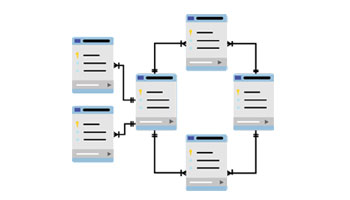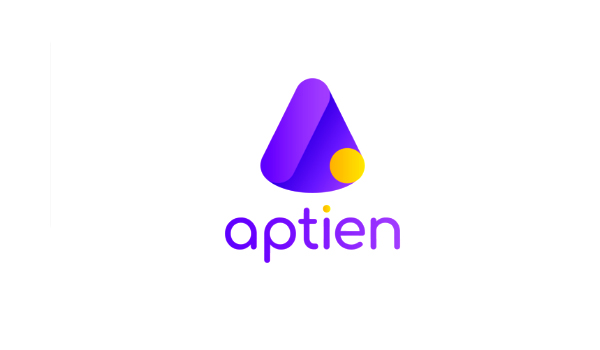
Browse Top CMDB Software
Searching for best CMDB Software for your business? Look no further! Post your requirements and get best deals on CMDB Software for your business from multiple CMDB Software provider.
CMDB Software:
CMDB Software serves as a vital data repository for organizations, storing comprehensive information about their IT assets, including hardware and software components, and the intricate relationships between these components within the IT infrastructure. The Configuration Management Database (CMDB) acts as an operations and support data warehouse, facilitating the storage of critical data about hardware, software assets, and their interconnections. By integrating with IT service management systems such as Service Desk, Change Management, BMS, and DCIM, the software provides a comprehensive understanding of the IT environment, including upstream sources, dependencies, and downstream assets. Representing the authorized configuration of significant IT components, the CMDB plays a pivotal role in data center change management and ticketing requests, enabling organizations to account for and report on crucial moves, additions, or changes.
Features of CMDB Software:
The CMDB Software offers a range of features that empower organizations in effectively managing their IT infrastructure:
- Documentation of configuration rules.
- Discovery of network-based assets.
- Documentation of release management processes.
- Identification and tracking of software and hardware builds.
- Application dependency mapping.
- Impact analysis for change management.
- Incident management capabilities.
- Performing inventories for better asset management.
- Obtaining business intelligence for informed decision-making.
Benefits of CMDB Software:
The utilization of CMDB Software brings about various advantages for organizations:
- Establishment of a comprehensive repository for all assets within the organization.
- Enhanced visibility of the IT infrastructure, enabling analysis of dependencies and potential risks associated with changes.
- Efficiently associating incidents and problems with configuration items and their dependencies, leading to quicker problem resolution.
- Automated detection and visualization of dependencies between components, providing a better understanding of the IT landscape.
- A single source of truth for asset and dependency data, improving IT service management processes and informed decision-making.
- Reduced Total Cost of Ownership by optimizing asset utilization, maintaining business continuity, and ensuring compliance with regulations.









